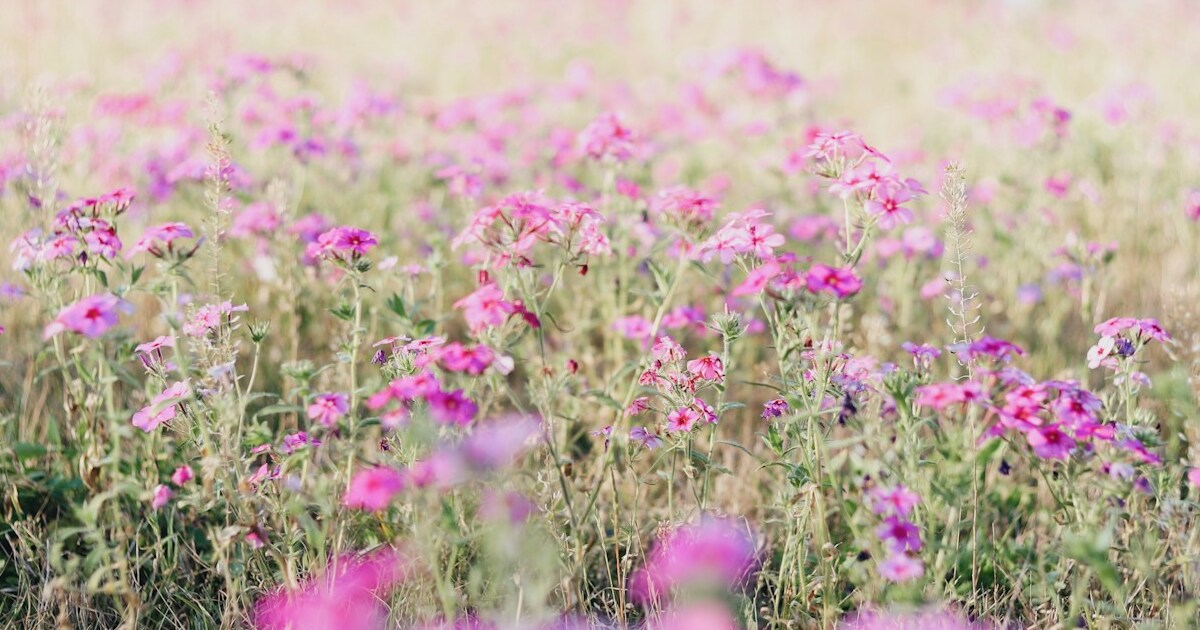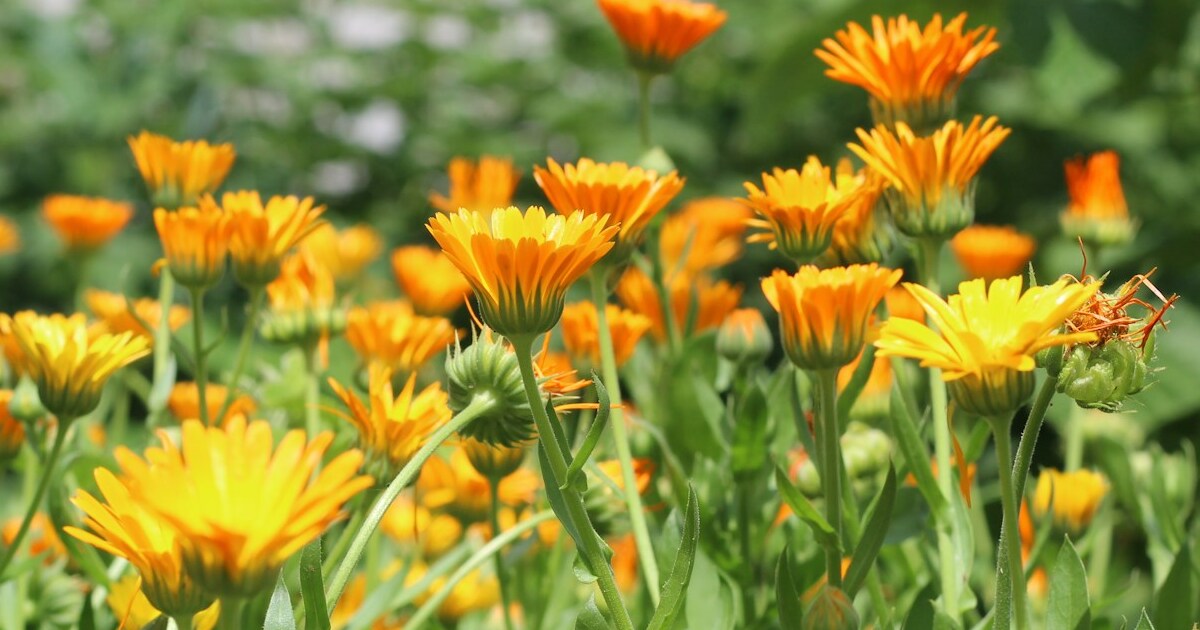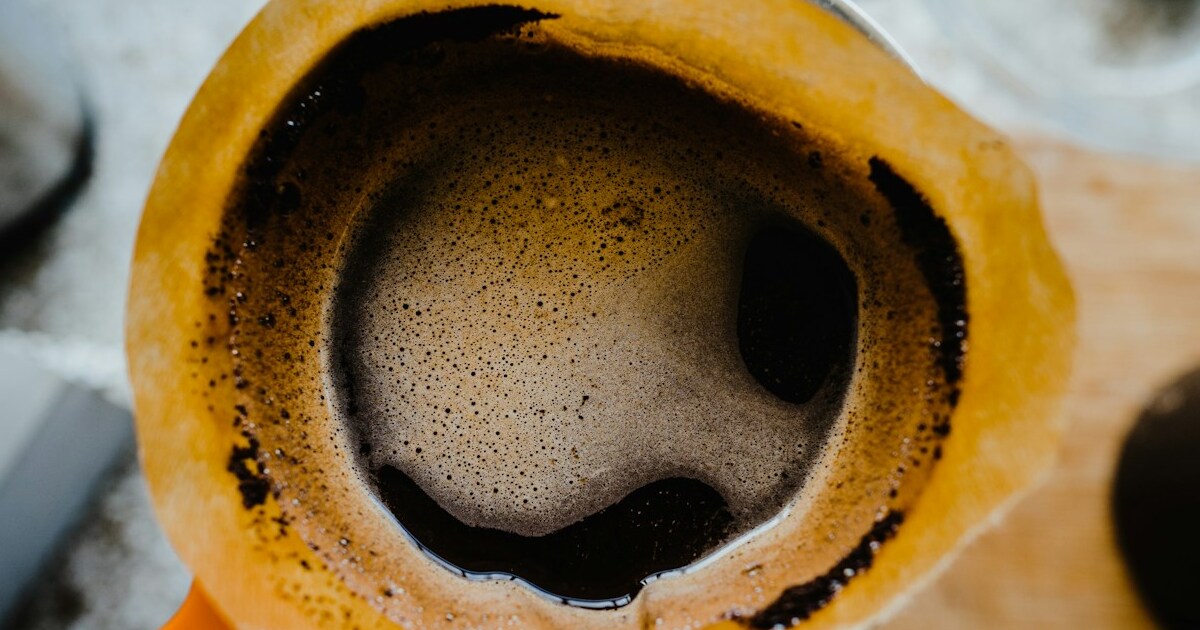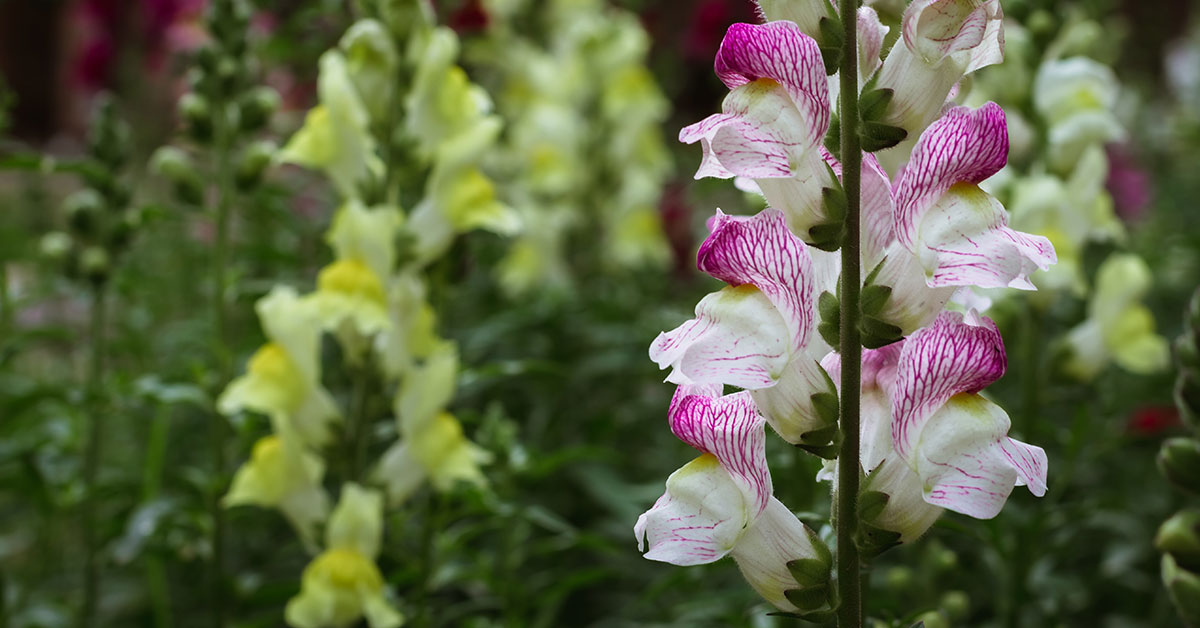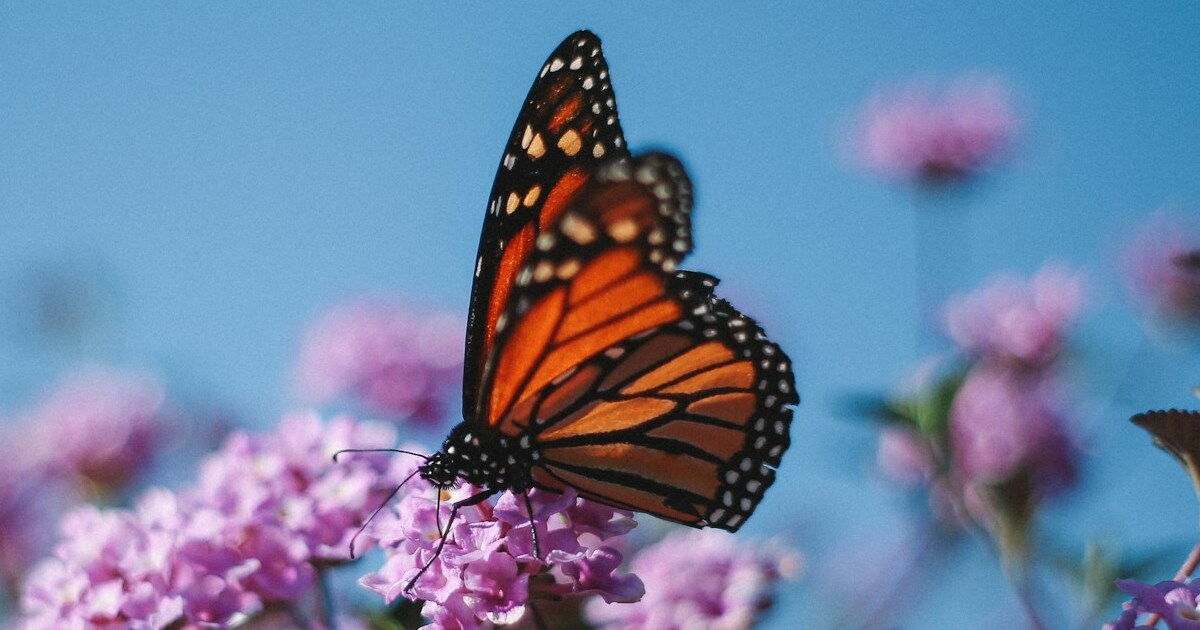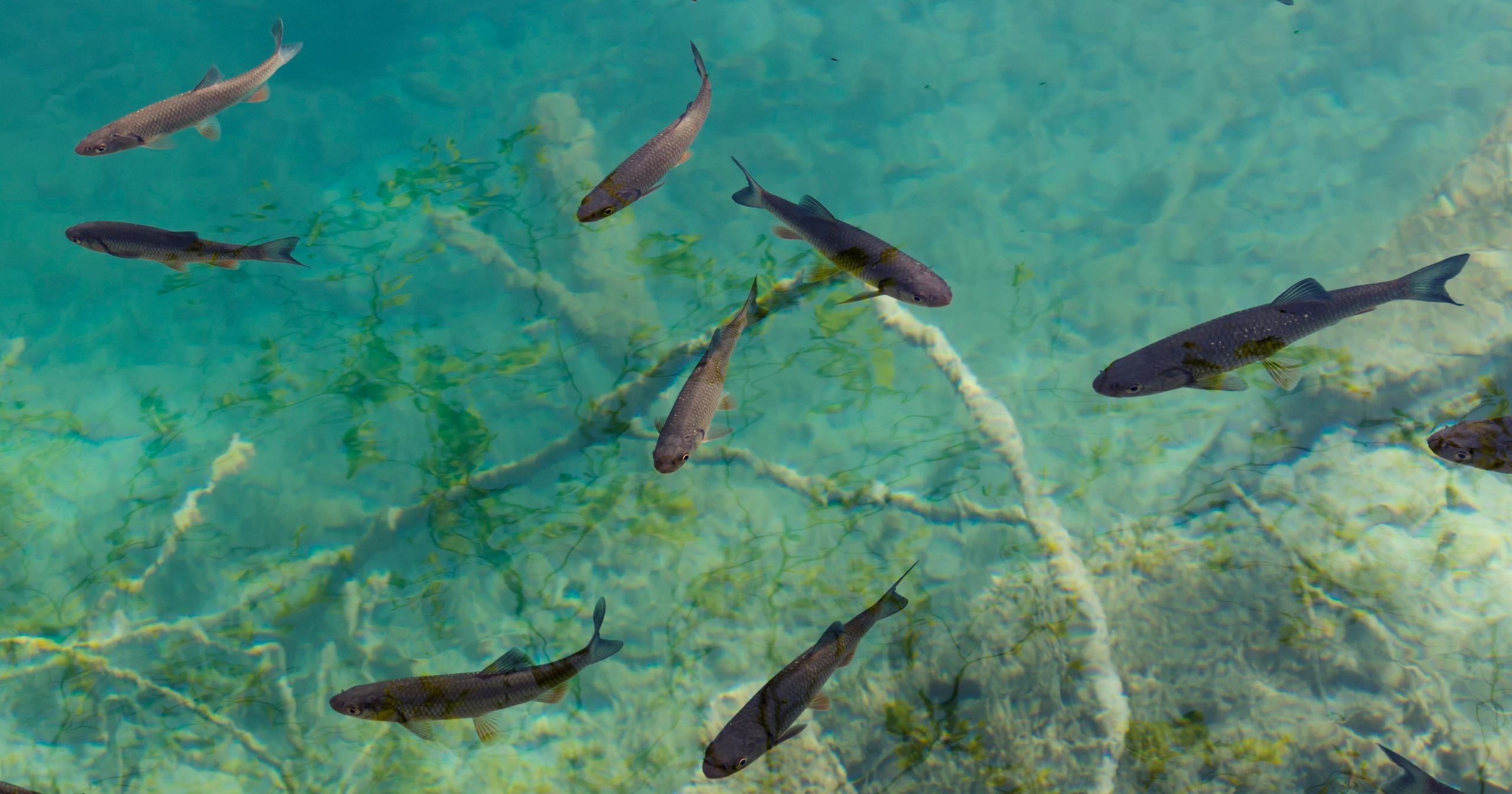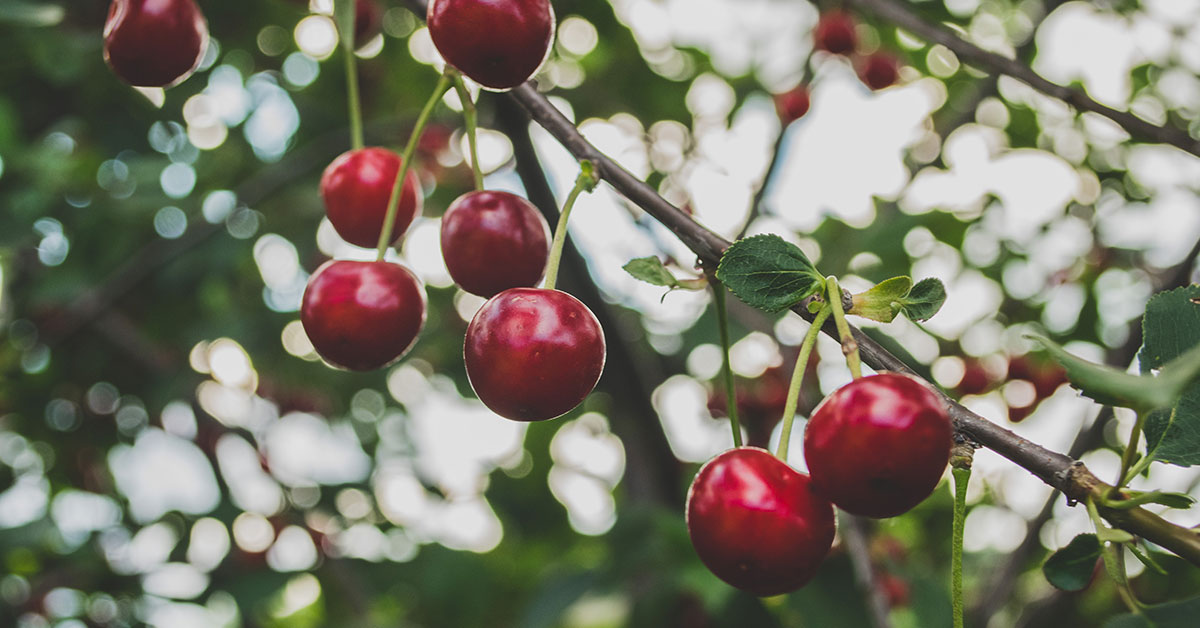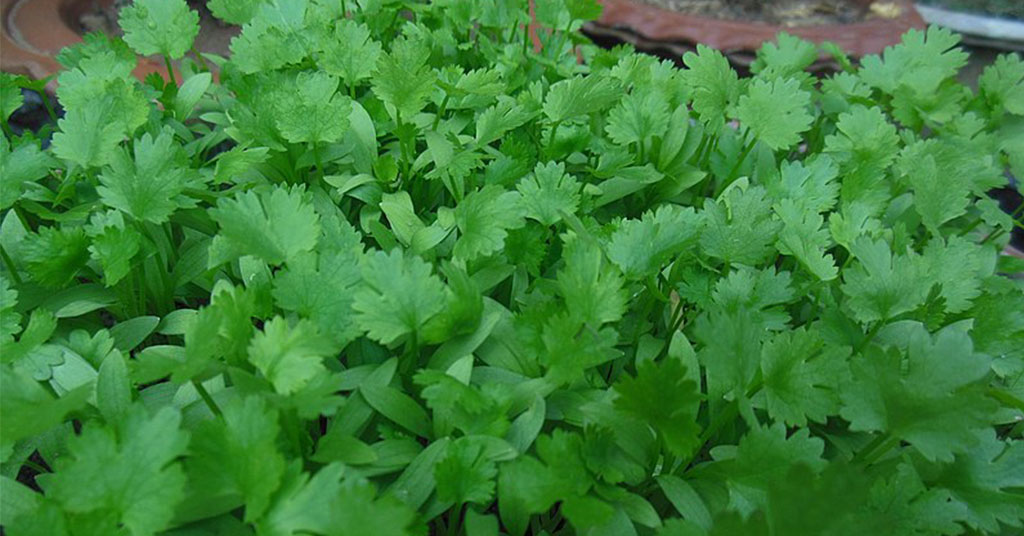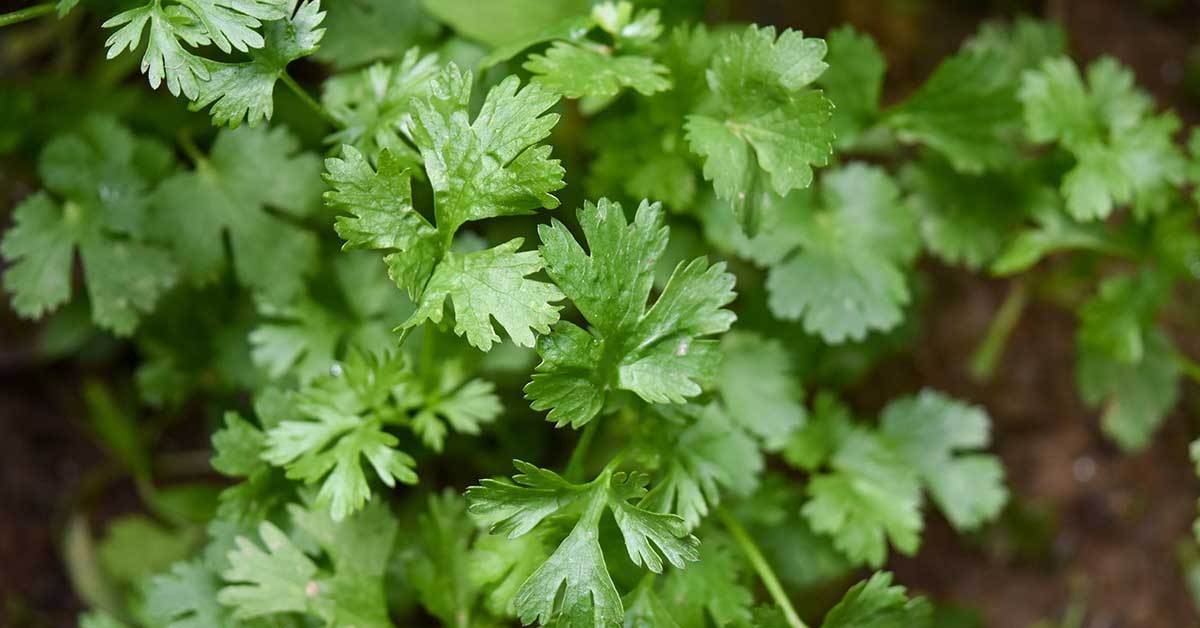Gardening has been my lifelong passion, and nothing excites me more than transforming a bland lawn into a vibrant tapestry of native plants! In my experience, swapping out a traditional lawn for native species not only creates a stunning landscape but also nurtures local ecosystems. I know how disheartening it can be when a monotonous expanse of grass offers little to wildlife, so I’m thrilled to share why native plants make all the difference. Each native species carries a rich history, having evolved in our region over countless generations, and they’re perfectly adapted to our local climate and soil conditions.
When you choose native plants, you’re inviting a host of benefits—from attracting nesting pollinators to supporting birds and beneficial insects. I understand the struggle of battling pests and maintaining a lifeless lawn, which is why I advocate for these time-honored plants that require less water, fewer chemicals, and naturally resist invasive tendencies. Join me as I explore nine compelling reasons, each backed by my own gardening adventures and deep-rooted passion for creating sustainable, lively spaces!
Natural Support for Local Wildlife

Native plants are nature’s best allies in creating havens for local wildlife, offering a diverse menu of food, shelter, and nesting opportunities! I’ve seen firsthand how species like the Eastern Redbud or Purple Coneflower, which are indigenous to our area, can transform a simple garden into a bustling retreat for bees, butterflies, and even small birds seeking safe nesting sites. Unlike non-native lawns that serve primarily as a uniform carpet, these plants provide structure and seasonal interest that support a complex web of life.
Beyond just providing sustenance, native plants contribute to a balanced ecosystem by attracting predatory insects and birds that help manage pest populations naturally. I always feel a surge of joy when I witness a bee flit from flower to flower or a tiny bird building its nest among the branches—each moment a reminder of nature’s incredible cycle. While some non-natives can become invasive elsewhere, true native species have evolved in harmony with their surroundings, ensuring that they maintain a balanced presence in our landscapes!
Adapted to Local Climate

One of the greatest joys of planting native species is knowing they are perfectly tailored to our local climate and conditions. These plants have thrived in the same region for centuries, meaning they know how to handle our seasonal extremes—from humid summers to brisk winters! I relish the fact that native plants require less intervention because they are inherently resistant to the stresses that often plague non-native lawns. This means fewer waterings, less fertilization, and a garden that naturally flourishes with minimal fuss.
Moreover, many native plants have developed remarkable adaptations such as deep root systems that stabilize soil and improve water retention. I’ve often marveled at how resilient species like the Black-eyed Susan or Switchgrass endure dry spells while still offering a vibrant burst of life. They bring a sense of local pride and sustainability to your garden, proving that nature’s own design often outperforms human-managed landscapes when it comes to thriving in our environment!
Enhanced Biodiversity
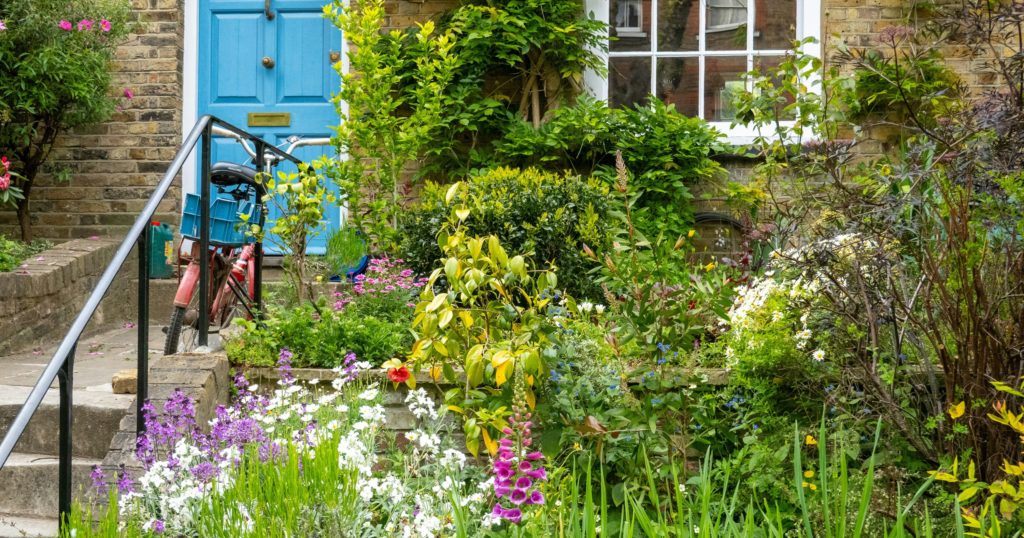
A diverse garden teeming with native plants is like a living mosaic of nature’s best work, and it’s an absolute treat to witness! When you opt for native species, you’re not just choosing individual plants; you’re building a community that supports a rich tapestry of life. I’ve found that the variety found in native gardens often includes wildflowers, shrubs, and grasses that complement each other beautifully while providing distinct habitats for insects and small animals. Each species brings its own unique charm and ecological function, creating a well-rounded environment that a uniform lawn simply cannot match.
Enhanced biodiversity isn’t just an aesthetic bonus—it plays a vital role in strengthening the garden’s resilience. Native plants, by their very nature, have co-evolved with local fauna, ensuring that their interactions foster mutual benefits. Whether it’s the graceful flutter of a native butterfly or the subtle buzz of beneficial insects, every element contributes to a balanced ecosystem that thrives without the need for chemical interventions. I truly believe that a biodiverse garden is the cornerstone of sustainable landscaping, and it always fills my heart with excitement to see nature’s full spectrum on display!
Reduced Water Usage and Maintenance

One of the biggest headaches of traditional lawns is their relentless thirst for water and constant upkeep, but native plants naturally mitigate these issues! Because these species evolved right here in our local environment, they’re expertly adapted to make the most of available moisture and resist drought conditions. I can’t tell you how refreshing it is to see a garden that not only looks fantastic but also demands far less watering and maintenance. This means more time enjoying your garden and less time chasing after maintenance chores—an absolute win in my book!
Moreover, reduced water usage contributes to an environmentally responsible lifestyle, conserving one of our most precious resources. Native gardens tend to require fewer fertilizers and pesticides because they naturally resist pests and diseases, thanks to the evolutionary arms race they’ve engaged in with local predators. It’s such a relief to know that by choosing native species, you’re creating a sustainable haven that benefits both your wallet and the environment. Every time I step outside to admire my low-maintenance garden, I’m reminded of the harmony that arises when we work with nature, not against it!
Soil Health and Resilience

Native plants have a profound effect on soil health, working tirelessly beneath the surface to enrich and stabilize the earth. Their root systems are finely tuned to the local soil composition, often forming intricate networks that improve nutrient cycling and water retention. I’ve been amazed to discover how these native species can transform even tired, compacted soil into a thriving, living matrix teeming with microorganisms. This underground work not only supports plant growth but also builds a resilient foundation that can withstand the challenges of changing seasons and weather patterns.
In addition, native plants often have symbiotic relationships with soil fungi and bacteria, which enhance nutrient uptake and bolster overall plant health. When I see my garden flourish with robust, healthy growth, I know that the secret lies in the unseen interactions below ground. This harmonious relationship between native flora and soil biota is a beautiful reminder that healthy soil is the cornerstone of any successful garden. By nurturing native species, you’re essentially inviting nature to repair and maintain the very fabric of your landscape—an investment that pays off in vibrant blooms and bountiful harvests!
Economic and Environmental Benefits
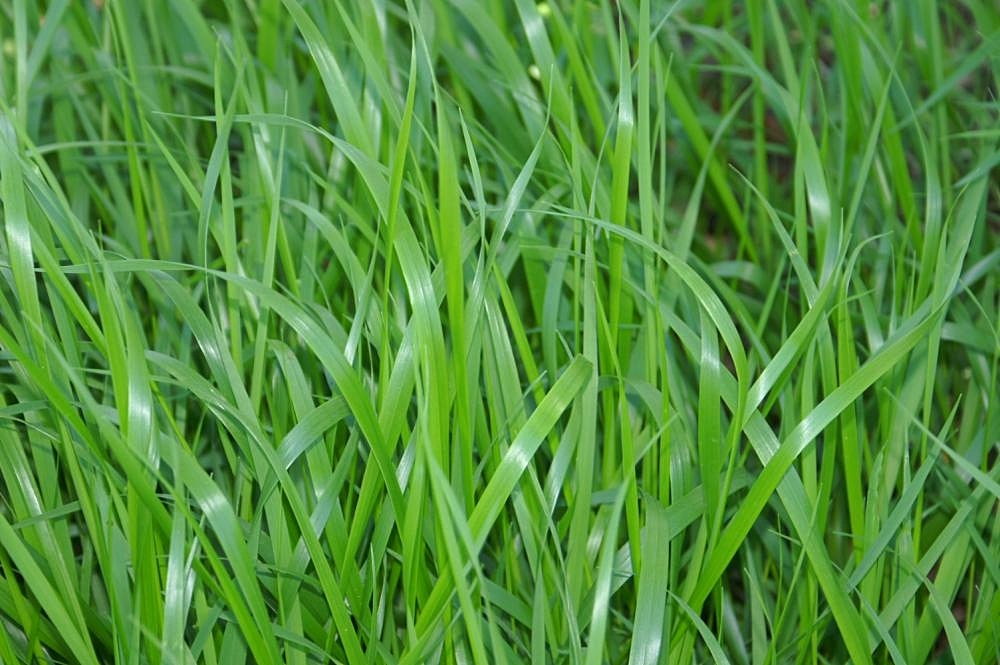
Switching from a conventional lawn to a native plant garden isn’t just a win for biodiversity—it also brings tangible economic and environmental advantages! Native landscapes typically require fewer resources, such as water, fertilizers, and pesticides, which translates into lower maintenance costs over time. I’ve found that the initial investment in a native garden pays off rapidly, not only in reduced utility bills but also in the overall health of the ecosystem. It’s incredibly satisfying to watch a garden thrive with minimal input, knowing that you’re also contributing to environmental conservation.
Beyond the financial benefits, native gardens are a natural deterrent to invasive species that can wreak havoc on local ecosystems. By choosing plants that are in tune with the local environment, you create a self-regulating system that minimizes the need for chemical interventions. This eco-friendly approach fosters a sustainable landscape that supports native fauna and preserves natural resources for future generations. Every time I witness a native garden in full bloom, I’m reminded that beauty and responsibility can go hand in hand—a philosophy that resonates deeply with every gardener who cares about the planet!
Inherent Beauty and Seasonal Interest
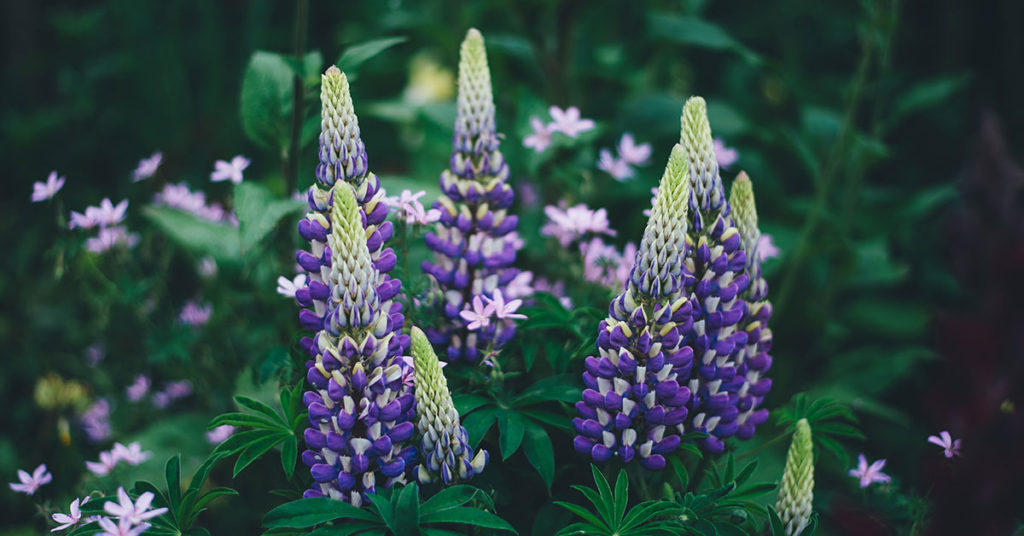
Native plants offer a stunning array of colors, textures, and forms that change beautifully with the seasons, making them a feast for the eyes all year round! I’ve been captivated by the natural artistry of species like the Wild Lupine and Butterfly Weed, whose vibrant blooms not only attract local pollinators but also create a dynamic visual display in my garden. Their inherent beauty isn’t just skin deep; each plant tells a story of adaptation and evolution, thriving in the very landscapes where they first originated. Unlike manicured lawns, native gardens exude a wild, untamed charm that is both rustic and refined.
The seasonal interest provided by native species is truly unparalleled, as they offer distinct phases of bloom and dormancy that mark the passing of time in the natural world. I love the way these plants transition from one season to the next, providing habitats for nesting birds in the spring and serving as a refuge for insects during the cooler months. Their cyclic rhythm brings a sense of continuity and resilience to the garden, reminding us that nature’s pace is both reliable and inspiring. Embracing the seasonal beauty of native plants has forever changed the way I experience my outdoor space—every day feels like a celebration of natural splendor!
Resistance to Pests and Diseases
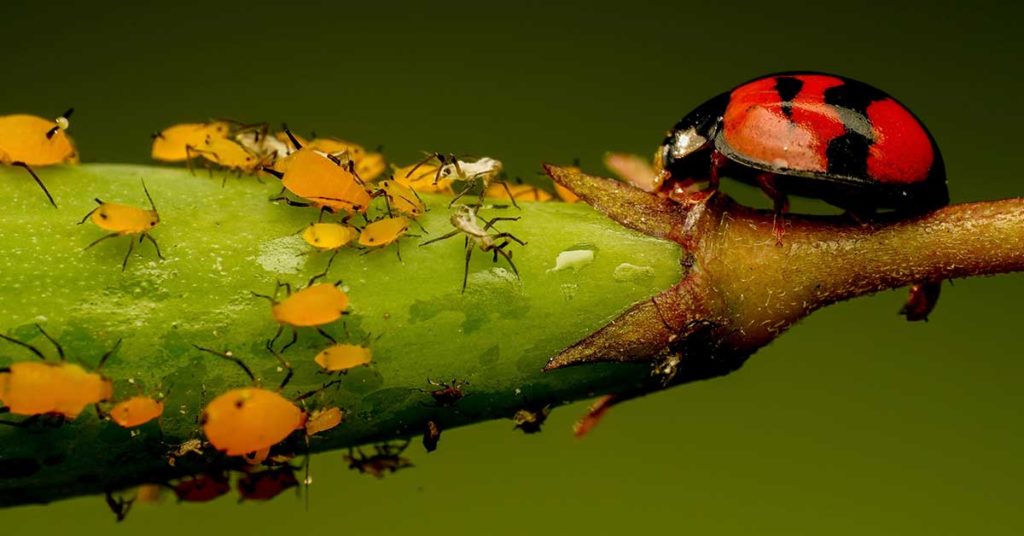
One of the most rewarding aspects of cultivating native plants is their built-in resistance to pests and diseases. Having grown up amidst these resilient species, I’ve witnessed how their long evolutionary history in our region arms them with natural defenses against common garden threats. Unlike exotic or hybrid varieties that often require chemical treatments, native plants have adapted over time to fend off local pests, reducing the need for harmful interventions. This inherent robustness means you can enjoy a healthier garden with fewer surprises from invasive insects or disease outbreaks!
Moreover, native species often attract beneficial predators and parasites that keep pest populations in check naturally. I’ve marveled at the way ladybugs, parasitic wasps, and other helpful critters find refuge among the native foliage, forming an ecological partnership that benefits the entire garden. This self-regulating system is a true testament to the wisdom of nature and the advantages of working with plants that are perfectly in sync with their environment. Every day, as I walk through my garden, I’m reassured by the natural resilience of my native plants—each one a living example of strength and sustainability!
Sustainable and Chemical-Free Gardening
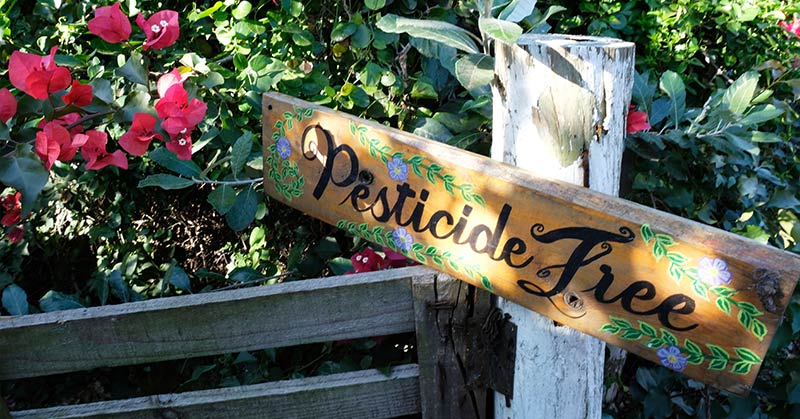
Choosing native plants is a cornerstone of sustainable gardening, offering a path to vibrant landscapes without relying on chemicals or intensive maintenance. I’m a firm believer in nurturing a garden that works with nature rather than against it, and native species make that dream a reality! Their natural adaptation to local conditions means they typically flourish without the need for synthetic fertilizers or pesticides, reducing both environmental impact and potential harm to local wildlife. For those of us who yearn for a chemical-free garden, native plants offer an honest and effective solution that nurtures the earth while producing breathtaking beauty.
A sustainable native garden also plays a vital role in water conservation and energy efficiency. By embracing species that have evolved in harmony with our local climate, you minimize the reliance on supplemental watering and energy-intensive care practices. I feel a deep sense of satisfaction knowing that my garden not only looks stunning but also contributes to a healthier environment for future generations. With every blossom and every rustle of leaves, native plants stand as a testament to the power of sustainable, chemical-free gardening—a commitment that fills me with pride and hope!


